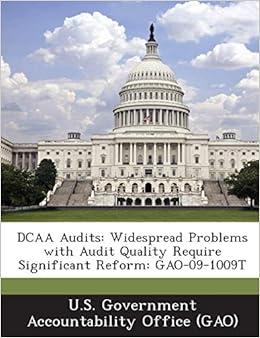Question
RHODE ISLAND CORPORATION has two divisions, A and B, which manufacture bicycles. Division A produces the bicycle frame, and Division B assembles the rest of
RHODE ISLAND CORPORATION
has two divisions, A and B, which manufacture bicycles. Division A produces the bicycle frame, and Division B assembles the rest of the bicycle. There is a market for both the bicycle frame produced by Division A, and the final product. Each division is treated as a profit center and have complete autonomy in setting transfer prices and in deciding how much, if any, units to produce.
The transfer price for the bicycle frame has been set by company headquarters at the current market price of $200. This is the same price that Division B would have to pay on the open market, if it wished to obtain the frames elsewhere, versus getting them from Division A.
The following data is available for normal production of both frames and completed bicycles:
Selling price for the bicycle $300
Selling price for bicycle frame 200
Variable cost per unit in Division A 120
Fixed cost per unit in Division A 150
Variable cost per unit in Division B 150
Fixed cost per unit in Division B 130
The manager of Division B has made the following calculation for his division:
Selling price for bicycle $300
Transferred-in cost per unit (market price) $200
Variable cost per unit in Division B 150 350
Profit (loss) on bicycle ($50)
Required:
Assume that no idle capacity exists in Division A for parts 3 through 6
3. As manager of Division B, who has complete autonomy in transfer price situations, would you accept the bicycle from Division A at the market price transfer price? Why or why not?
4. Would the company as a whole want Division B to accept the bicycle from Division A? Why or why not?
5. Would the manager of Division A want the bicycle frame to be transferred to Division B? Why or why not?
6. What would be the minimum price that Division A would accept in order to make this transfer? What is the largest amount that Division B is willing to pay?
NOW, for parts 7 11, ASSUME that Division A has idle capacity.
7. As a manager of Division B, would you accept the bicycle frame from Division A at the market price? Why or why not?
8. Would the company as a whole want Division B to accept the bicycle from Division A? Why or why not?
9. Would the manager of Division A want the bicycle frame to be transferred to Division B at the market price? Why or why not?
10. What happens if the transfer price is set at $150 per unit? Is there now a balance between goal congruence and autonomy? (That is, can the divisions act as they wish and STILL meet the goals of the company overall?)
11. Assuming your answer to number 10 above is no, is there a negotiated transfer price solution so that there will be goal congruence and autonomy? (That is, is there a price that can be negotiated between the two divisions that will meet the individual goals of the divisions AND the goals of the company?)
12. How might income taxes play a role in determining the transfer price of goods and services between divisions?
Step by Step Solution
There are 3 Steps involved in it
Step: 1

Get Instant Access to Expert-Tailored Solutions
See step-by-step solutions with expert insights and AI powered tools for academic success
Step: 2

Step: 3

Ace Your Homework with AI
Get the answers you need in no time with our AI-driven, step-by-step assistance
Get Started


